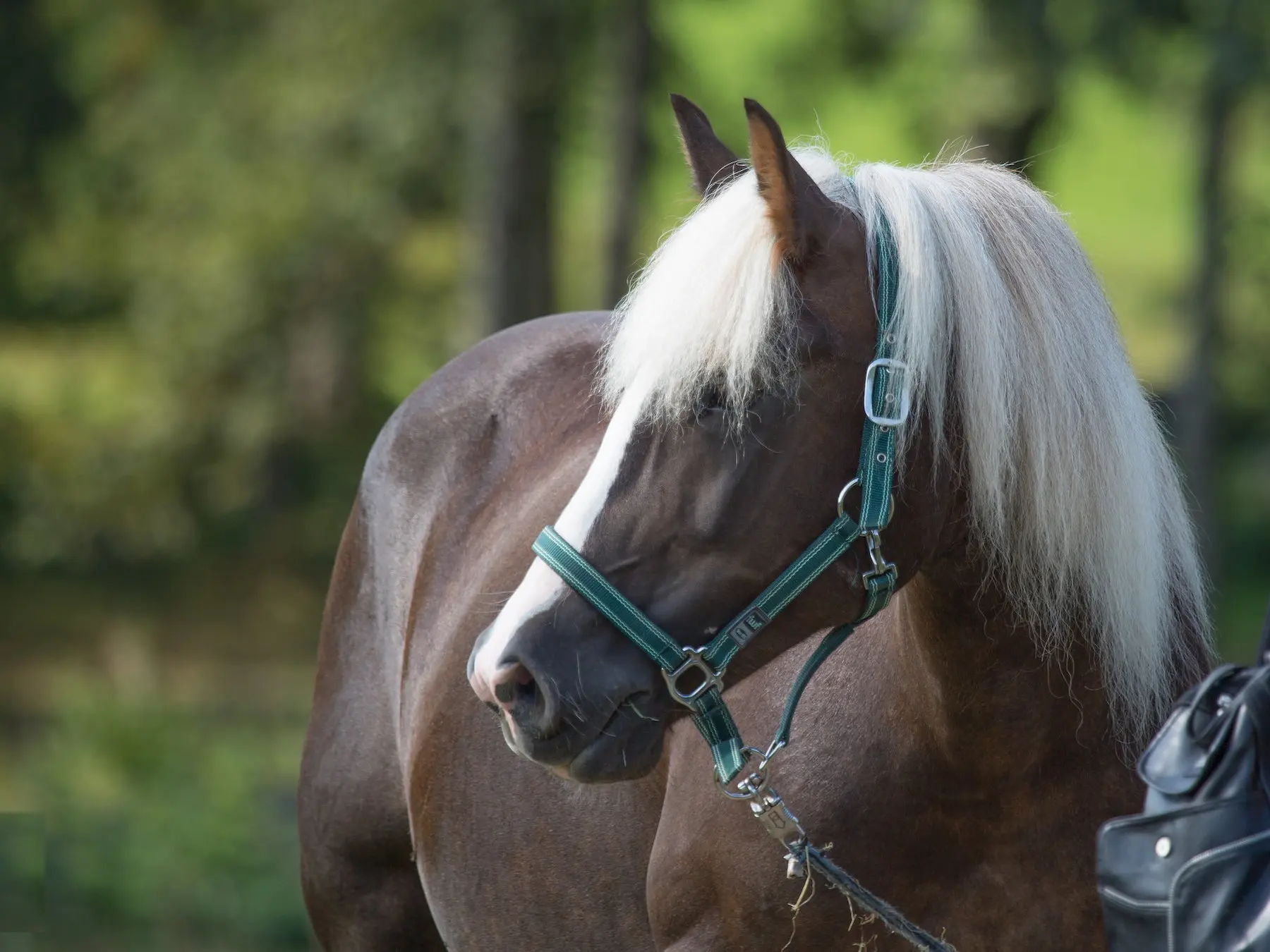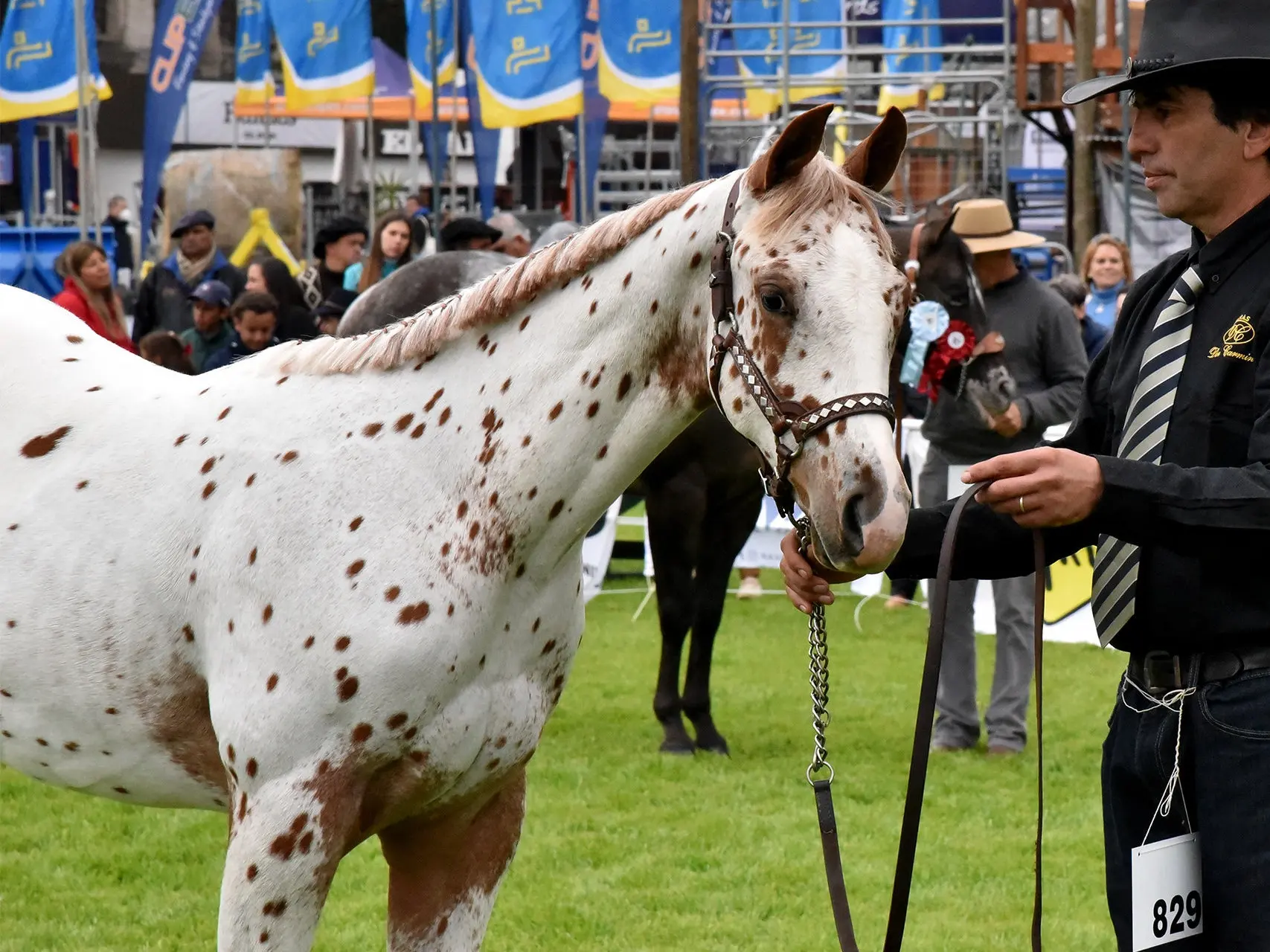
The flaxen gene only affects red hairs and even more specifically, the mane and tail hair in chestnut based horses. This can affect all of the chestnut shades, but in slightly different ways (chestnut types have small genetic differences). Regardless of body shade, mane and tail hairs are changed spectacularly to flaxen or white.
Flaxen Modifier
This modifier does not always affect the mane and tail to the same degree, plus it has been known to affect lower legs (making it more difficult to visually identify). Its effect may disappear and reappear as an animal sheds and over time. Like a lot of equine color genetics, the inheritance of this gene is unknown at the moment. Flaxen animals are often mistaken for palomino or even silver dapple animals, but they are different genetically.
Not much is understood about this modifier, except that it is commonly mistaken for something else entirely.
Flaxen Breeds
There are quite a few breeds that carry the flaxen modifier and for a few of them, like the Haflinger, Avelignese and Black Forest Horses it’s a characteristic of the breed. Many of the breeds that carry this gene are northern draft breeds, including the French Breton and Comtois, Italian Draft, Danish Jutland, Hungarian Mura and the German Schleswiger Heavy Draft.
Flaxen Shades
There is a fairly wide variety of flaxen shades, but they fall under four (slightly) different general chestnut categories.
 Liver Chestnut
Liver ChestnutOn a liver chestnut, a flaxen animal can be confused with a silver dapple, a dark coat paired with light mane and tail.
 Red Chestnut
Red ChestnutFlaxen on a red chestnut has a very dramatic flair, with various shades of red body and white mane and tail coloring.
 Standard Chestnut
Standard ChestnutFlaxen on a standard chestnut is hardly standard, their bodies range in mid reddish-brown tones with flaxen mane and tail.
 Sandy Chestnut
Sandy ChestnutWhen paired with a sandy chestnut, animals with a flaxen modifier are difficult to distinguish from a palomino.
White Patterns on Flaxen
Flaxen animals can be affected by white patterns on any breed that carries them, making some brilliantly beautiful combinations. White patterns can also mask and even mimic some of the flaxen characteristics.
 Roan
RoanRoan causes white hairs to grow interspersed throughout the coat, creating a strawberry pink color, head and points remain base color.
 Pinto
PintoPinto white patterns can can mask flaxen characteristics, however when they shine through their coloring can be truly beautiful.
 Appaloosa
Appaloosa Rabicano
Rabicano